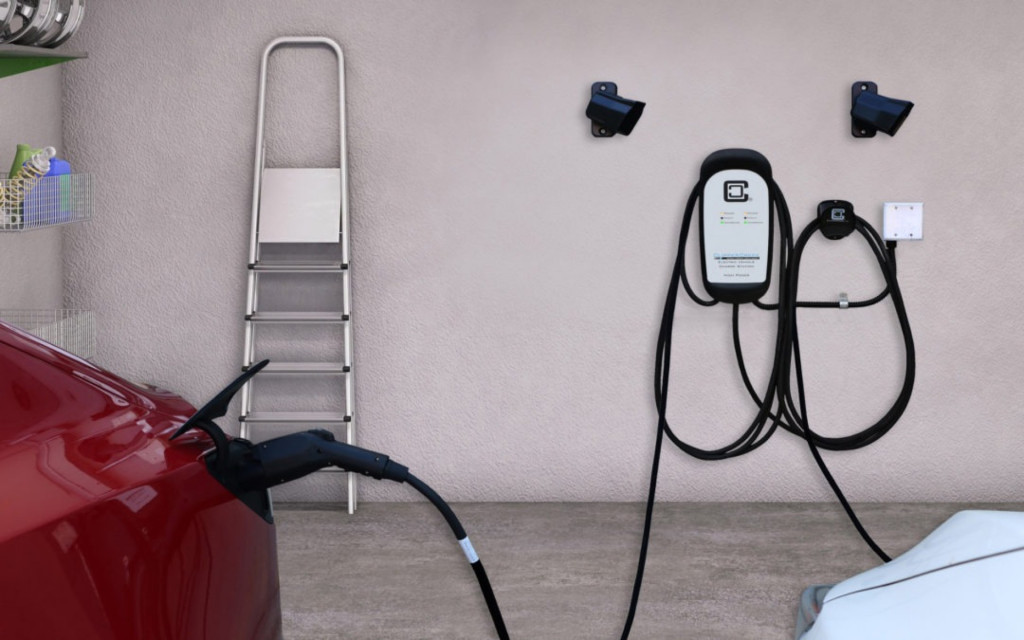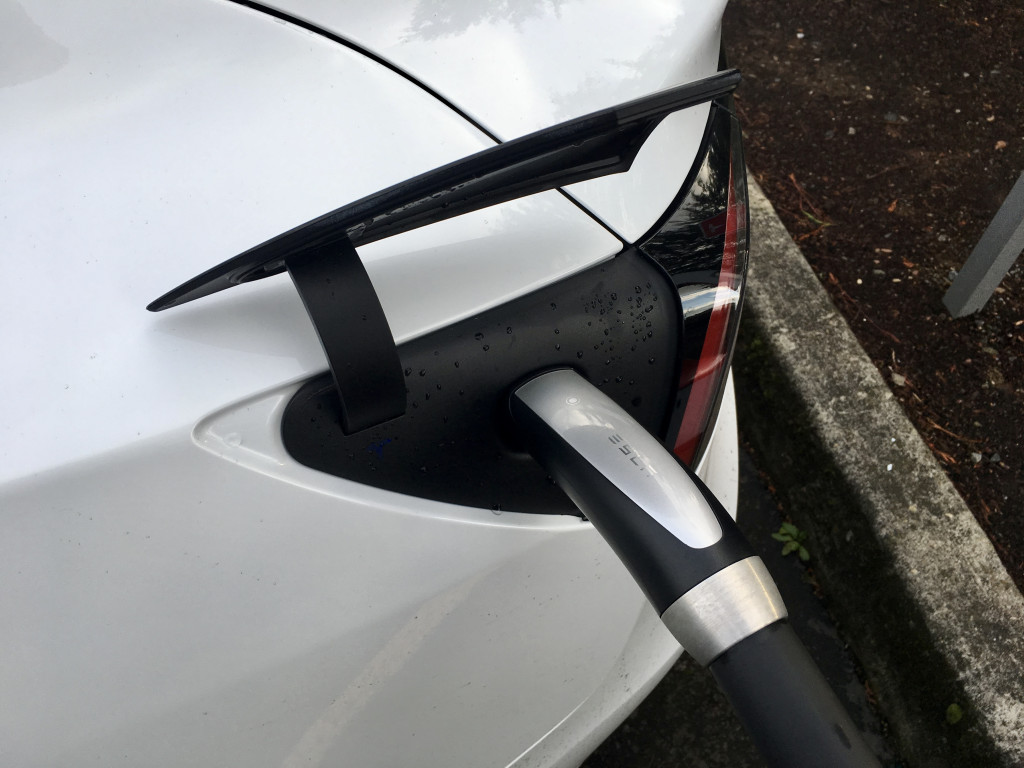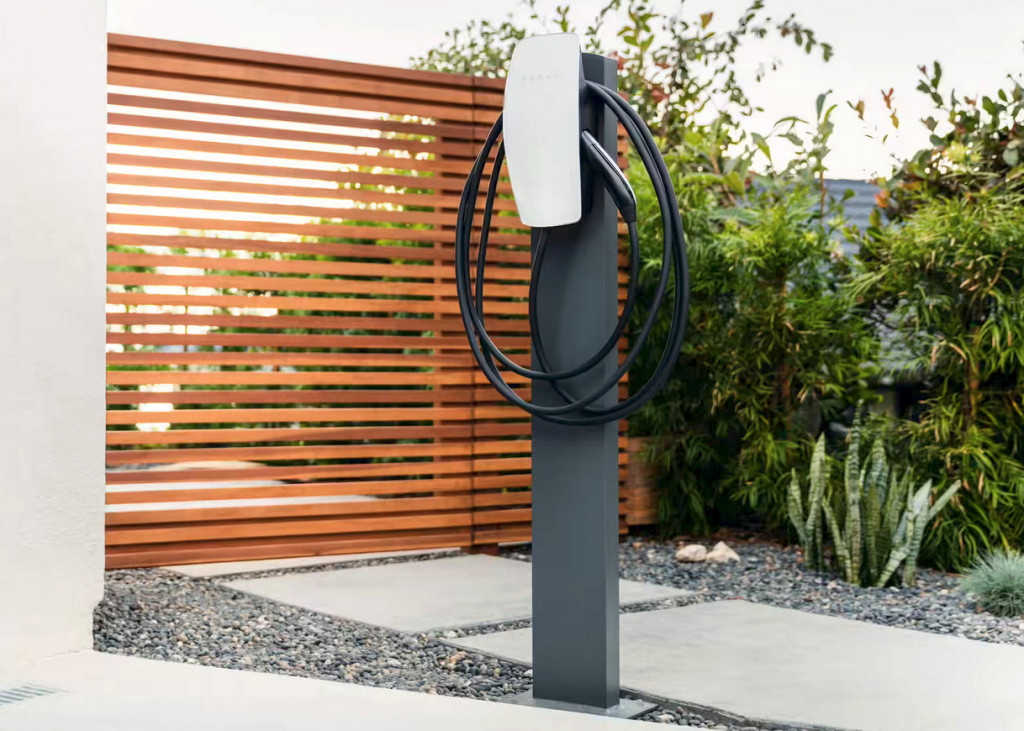Tesla topped J.D. Power's second annual U.S. Electric Vehicle Experience Home Charging Study, released Thursday.
The study measures EV owners' satisfaction across Level 1 portable, Level 2 portable, and Level 2 permanently-mounted home charging stations. Tesla was ranked highest for Level 2 permanently-mounted stations, the only category that is award-eligible. It did the same in last year's study.

Clipper Creek HCS-D50 in use
ClipperCreek, which emphasizes reliability, simplicity, and American-made, took second—not any one of many companies emphasizing apps and smart-charging. In our own experience, smart chargers can conflict with automaker apps, effectively both seeking the same level of input (and data-sharing) about charging habits.
Last year's study found the highest level of satisfaction among owners of permanently-mounted Level 2 stations, but this year both configurations of Level 2 station tied for the top spot, each earning a score of 752 points out a possible 1,000 points. The higher charging speed of Level 2 chargers contributed to increased satisfaction over Level 1 units, according to J.D. Power.

Tesla Model 3 charging
We've found that portable Level 2 chargers are really only worth considering for short-term renters with access to a 240-volt outlet. They won't access the same charging rates as wall-mounted units, usually.
Units that split a circuit are another option—although the best satisfaction is in just paying for the improvements and having a dedicated circuit for EV charging. Three-fourths of EV owners surveyed for the J.D. power study had at least one component upgraded for a home Level 2 charging station. The most common upgrades were wiring (55%), outlets (45%), and electrical panels (28%).

Tesla Wall Connector, on pedestal
Another study from J.D. Power found that a lack of home-charging awareness is holding back EV adoption. And last year UC Davis researchers found that about one in five drivers do shift back to gasoline—driven mostly by issues with charging.












